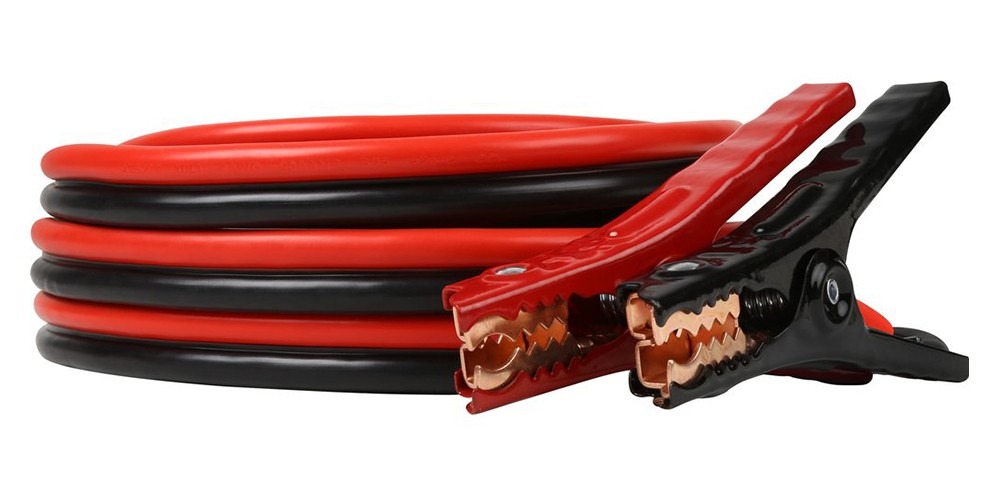
Plenty of jumper cable reviews describe those devices’ specs and quality criteria. The product’s size is also meaningful. Certainly, it’s rather irritating to make futile attempts to start the engine and then to find out a dead battery in the vehicle. The only proper decision at that moment is to use jumper cables. However, it’s even more annoying when the unit that is in place doesn’t fit in terms of its size.
Some Nuances to Keep in Mind
When choosing best jumper cables, one can be stuck because of their different dimensions. The associated question is: What cable size do I need?
First, it should be mentioned that a borrowed battery is required to feed a dead one. That means a driver should have his/her own spare powered battery or engage another vehicle to succeed. In any case, the revitalizing lies in the cable connection between dead and powered batteries. If a cable is too short, it could be a challenge.
The majority of budget units come with 10-feet cable length that might be enough for saloon cars. However, in case of driving an SUV or a crossover, a larger jumper cable size is required. That’s why the type of car should be considered first before while choosing an applicable jumper cable. The high-end product usually features length that is in the range of 16–20 feet.
If there’s no problem in funds, it would be better to get the longest models because nobody ever knows what situation he/she may be in when a jump is needed. Besides, some vehicles have batteries in the trunk that might justify longer cables. Their only flaw is that they’re a bit bulky to transport.
More Tips on How to Choose the Proper Jumper Cable
When looking for the unit that can ensure the best value for the money, pay attention not only to the cables’ length but also to their gauge. They should be lower gauge (thicker wire) to minimize voltage drop.
Note that the cables’ length and width are closely linked – the longer the cable the thicker the wire (gauge) is needed. For example, a 20-feet 2 gauge is preferable to a 12-feet 4 gauge. Such units can pass much current to boost a car.
Be aware that if the cables aren’t rugged enough to jump-start the car, it’s possible just to wait for a little. Thinner wire requires more time for jump-start because they lack amperage. Besides, note that they can get warm during the procedure.

My name is Brandon, and I’ve been interested in cars since I was a kid. I got a bachelor’s degree in Automotive Technology and worked in a private car workshop. I have two cars that have been completely upgraded with my own hands. So I successfully put all my knowledge into practice.
